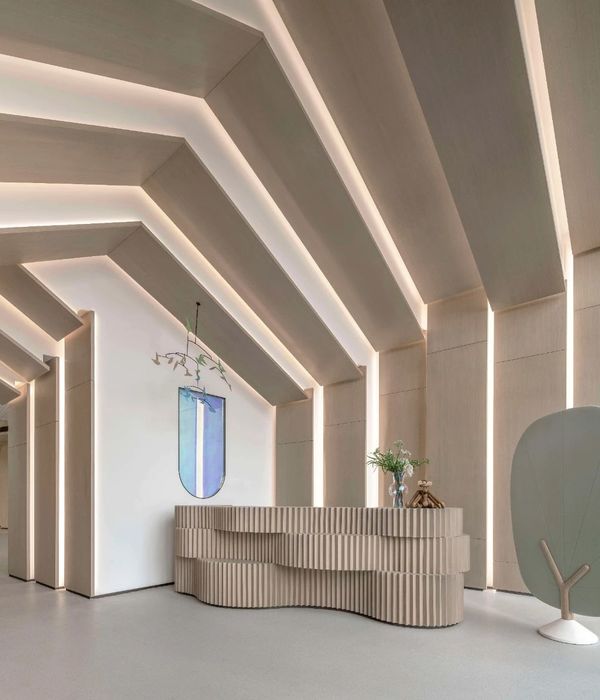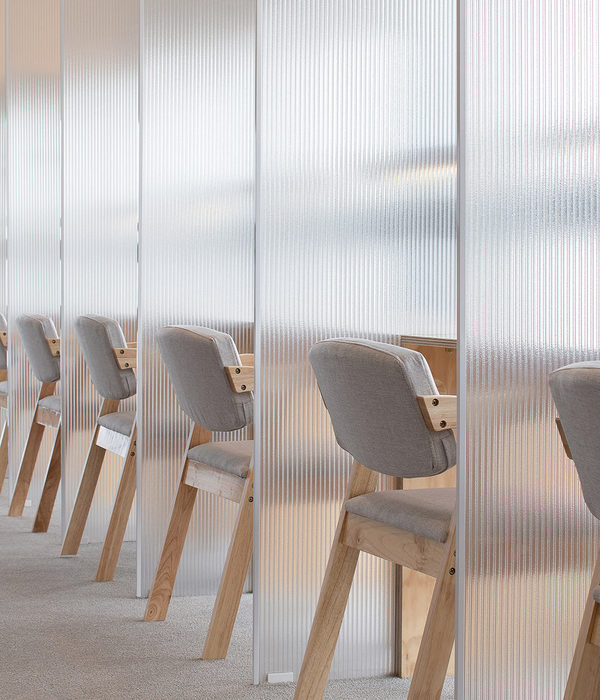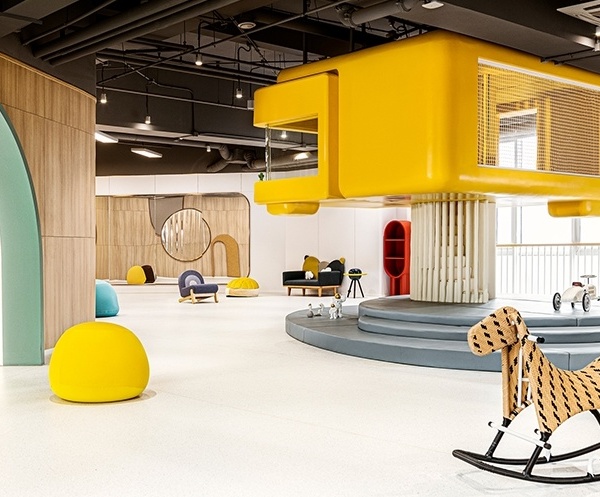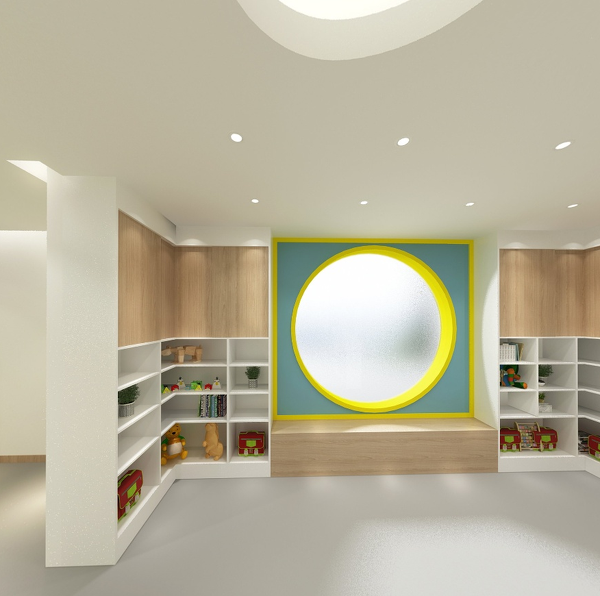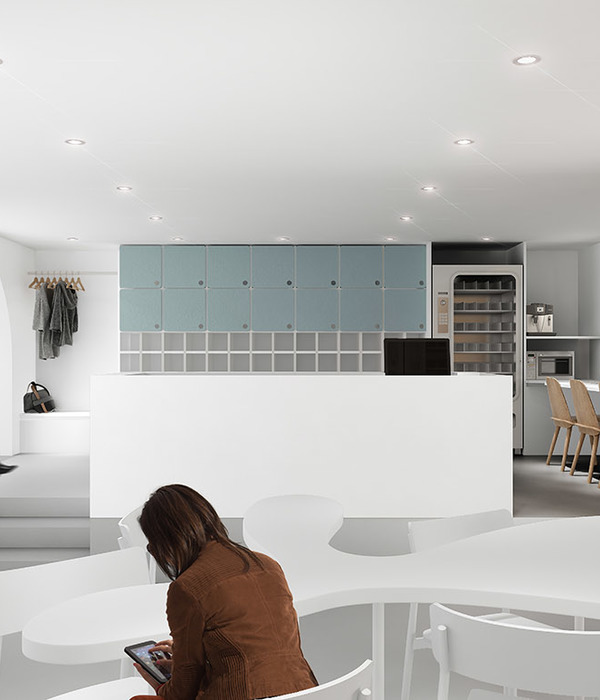Architect:Larraz Arquitectos CL Arquitectos
Location:Pamplona, Spain
Project Year:2007
Category:Nurseries
We can talk about the perception of space as an educational proposal on its own, since education is mainly based in human contributions, but also on environmental ones, that affect the development of children’s potential, as well as the interaction between them and the environment. In order for a nursery, with children aged 0-3, to be able to ease or speed the learning process, it needs the building to be capable of suggesting new perceptions to children, and at the same time to satisfy the educators necessities. For these reasons the centre must be: • A place of suggestive and easily recognised circulation, with galleries to avoid crowds and show the child the relative position of spaces. • A clean and secure place, where neither the materials nor the installations involve the minimal risk for children. • A peaceful place, where everything, from the materials to its design, absorb noise and reverberation. • A bright place, where it is possible to enjoy as much natural light without sun glare, as the transformation of some spaces to generate shade. • A suggesting and stimulating place, where light, colour, sound, vegetation and space are elements that make it easier for the child to learn and play. With the aim of facilitating accessibility and clarity in circulation, as well as the elimination of architectural barriers, the totality of the program is developed on a single floor. The straightforwardness and clarity of the adopted solution, its functional and building simplicity, as well as its formal uniformity, will allow us to highlight the quality of the spaces (both interior and exterior), as a consequence of the search, for functional unity, of the optimal orientation and accessibility conditions from the geometry of the piece. A shading analysis of the piece allows us to find out how the proximity of the adjacent residential buildings prevents it from receiving sunlight from the southeast (first hours in the morning). On the contrary, the sunlight conditions are optimal from the southwest to noon. Therefore, the location of the different functional unities serves the conditions dictated by the piece’s orientation: from a longitudinal axis, the four infant modules have a comb pattern, generating a sequence of open and closed spaces (patios), that allow us to obtain the optimal sunlight, lighting and ventilation conditions for each unity. The four infant areas constitute sets where an optimal integration between classes, workshops, patios and bedrooms are looked for, aiming for the maximum functionality for children and educators. • Classes and workshops: the double orientation existent in each module allows for an optimal lighting and direct exterior ventilation in every dwelling, as well as the possibility of passive solar capture in the winter. • On each level the playground seems like a visual prolongation of the classroom space. An overhanging will allow for the cover on the exterior, at the same time shielding from the sun in the summer. • The bedrooms look for the further and most guarded zones from noises and circulation. As a general criteria, the highest visual permeability has been looked for, in order to help carers and at the same time permitting the obtaining of a spatial sensation of breadth and lightness. This relation is produced not only in the interior units of each module, but also amongst the modules themselves. Building’s Urban Image. Although the building presents a compact and unitary image on the whole, the facades aim to give an answer to the different urban situations that come up in the piece. The most compact part of the centre, corresponding to common and worker areas, is concentrated on the northern facade, generating towards the entrance street an abstract image, in which the skylights decidedly emerge on the roof, acquiring a special role in the composition of the whole and providing this facade with a major scale. The straightforward and precise composition of hollows helps identifying the entrance in the most “public” facade of the building, which aims to give a dynamic and continuous image, responding to an external environment characterised by the street’s own curved geometry and the sequence of free and non-residential spaces. On the other hand, the children areas occupy the piece’s south and east fronts, of scarce urban presence, and generate facades of a more intimate and composed character, characterized by the sequence of fullness and emptiness generated by the playing grounds.
▼项目更多图片
{{item.text_origin}}

